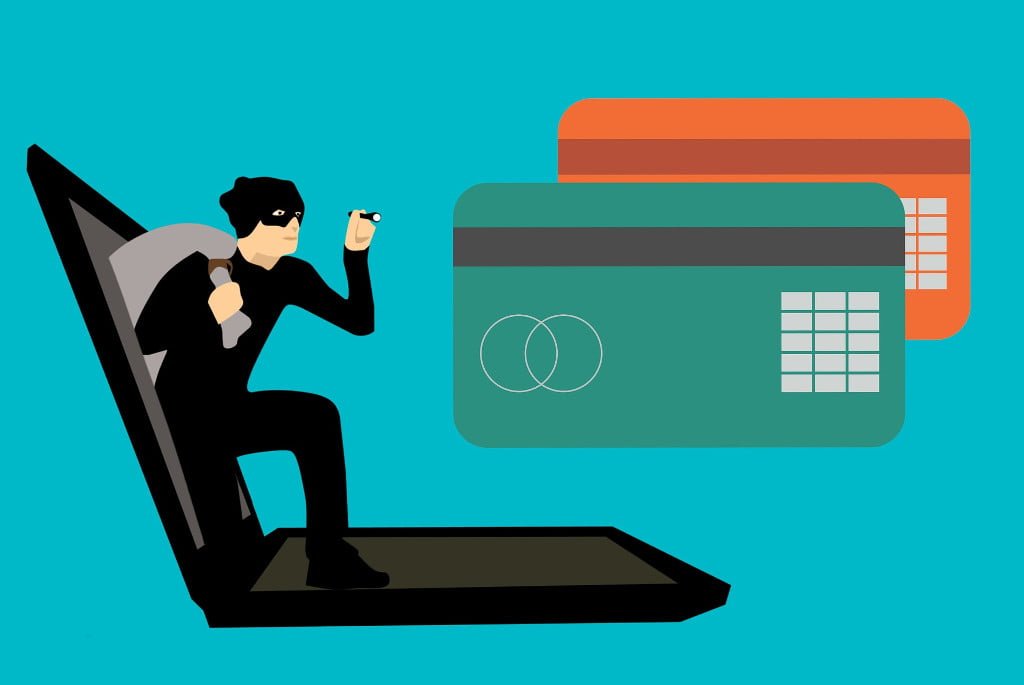
Credit Card Fraud: Something Needs to Change
Updated on 2021-08-12
I have one of my credit cards tied to my PayPal account specifically for making purchases and donations. I recently made a purchase and opted to pay for the purchase using my PayPal account. I never received the product and never received a response from the vendor after sending two separate emails to their customer service department, nor did they respond when I filed a complaint with PayPal. The company has yet to respond after escalating the issue with PayPal in the form of a claim.
I was preparing to send a private message to the credit card provider to let them know why I was withholding payment for the PayPal charge. I downloaded my recent statement and was dumbfounded about the current balance on the statement. The current balance should have been for the amount of the purchase to the aformentioned vendor. Instead, the current balance was just over $300 more. Upon further inspection, there was a charge for Stone Mountain, a theme park in Georgia.
I’ve never been to the Stone Mountain theme park in Georgia, haven’t been to Georgia in probably 20 years or more, and haven’t travelled out of my home state in over a year. So no, I definitely did not make a purchase at the Stone Mountain theme park in Georgia.
I’ve now been the victim of credit card fraud 4 times within a 18-24 month period and I’m really tired of it. Something needs to change. I don’t understand why more can’t be done to stop this nonsense. I spent a little bit of time researching alternatives to credit cards and I really don’t see a good alternative at the moment, at least for my purposes. I’ve thought a little about the issue and I’ve come up with a few ideas that will not completely prevent credit card fraud, but would certainly reduce it in my opinion.
- All in-person transactions involving a credit card should require a photo ID; no photo ID, no transaction. Or maybe require the use of a PIN for all in-person credit card transactions.
- Do away with the magnetic stripe on credit cards. All credit card transactions performed in-person should require a credit card with a chip and the use of a chip reader.
- All in-person credit card transactions should be performed with the card holder present. No more waiters and waitresses taking your card to who knows where and doing who knows what with your credit card info to process the transaction.
- Require two-factor authentication for all online transactions involving the use of a credit card. When you attempt to make an online purchase, a code is send via text message or email and you must enter the code for the transaction to go through.
- Online vendors need to stop storing credit card information.
- Credit reporting bureaus should only store the first four and last four, or only the last four, digits of all credit card numbers.
Some may argue that my suggestions are inconvenient. My response would be something along the lines of a phrase from a prior version of the AIDE manual: Security is a trade-off with usability.
Finally, I came across some good online resources that discuss methods of preventing credit card fraud:
- 5 Best Ways to Keep Your Credit and Personal Information Safe
- The Best Ways to Prevent Credit Card Fraud & Theft (2021)
- The Very Best Ways to Prevent Credit Card Fraud
Post header image is courtesy of mohamed_hassan at Pixabay.
2018-013





2 Comments
Jeffery Baldwin
Credit card fraud: Working in the DoD, as inconvenient as it may be, I agree with 2FO. Using both the chip and providing a pin on-the-spot is a surefire a way as I know of to ensure that ALL transactions are legit. This could be done as well with on-line purchase.
Kurt Meyer
Thank you for stopping by and commenting. I don’t think the chip can easily be duplicated, so chip readers are a step in the right direction IMO. However, there are still ways to use a credit card that don’t require use of the chip; e.g. online transactions. I believe my latest incident involved an online transaction, so some type of 2FA probably would have prevented that.